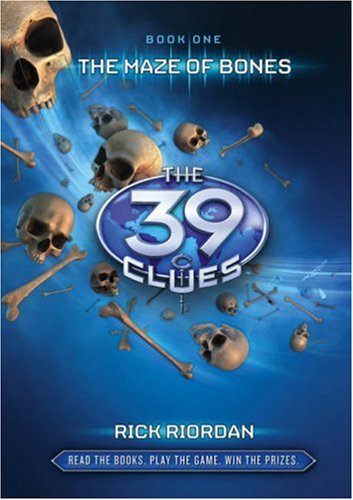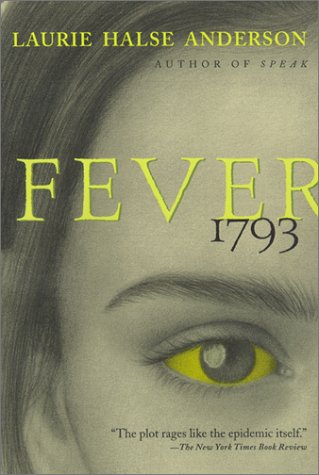
The second in the 39 Clues series, I found One False Note even more intriguing than the first. The Cahill kids continue to trek across Europe, narrowly escaping their family members in pursuit of the clues (and fortune, fame, etc.). In an effort to not repeat myself in each of these 39 Clues posts, I'll cut right to the chase: my questions/comments.
1. The series seems committed to involving readers in the hunt for the clues. The front cover of each book comes with 6 game cards packed neatly inside, and if you visit the website you can use the codes on the cards to play along and earn clues. In each book I've noticed a deviation from the normal page numbering at some point, and for 20 or so pages the corners will be marked with a series of numbers/letters. Although I myself haven't been motivated enough to play along, I can only assume readers can find additional clues that way. I'm hoping when I start a book club with the first book, I'll have kids willing to do the legwork on this investigating for me.
2. I can distinctly remember the opening to every Baby-sitters Club book, where Ann M. Martin reiterated the situation of each character so you could follow along even if the first one you read was, say, BSC #74 (because, you know, those were complicated scenarios. Claudia had diabetes. You had to know that to understand the tension when someone brought ding-dongs to the meetings.) It annoyed me then. It annoys me now.
3. The kids are travelling around the world, and all the clues are rooted in history. A+ for accidental knowledge gained by readers in the areas of history/the arts/languages/etc.
4. The Cahills are averaging one clue found per book. I think I read that the series is only going to have 7 or 10 books - I know I'm not a math teacher, but... I'm curious to see how it plays out. I actually have a vague theory, but I won't ruin it for those of you who haven't read the books yet.
5. Why does the cat say "Mrrp?" Seriously. Why?
On my book log in my classroom (the one on giant chart paper so the kids can keep tabs on my reading), I rated #1 an 8 and #2 a 9. I'm definitely hooked enough to keep reading, and I'm confident my kids will really enjoy them as well.


















